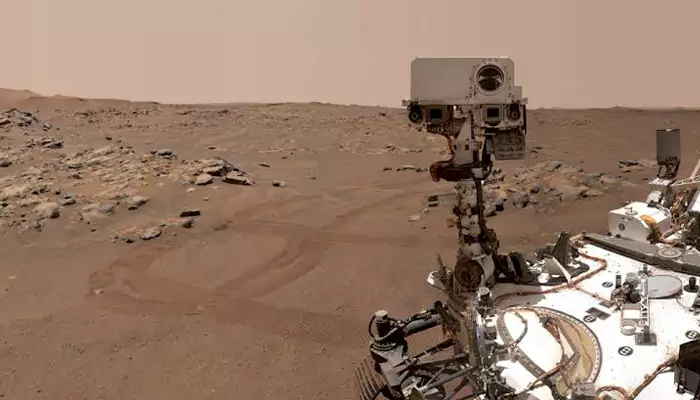Unraveling the Mysteries of Asteroids: Keys to Our Solar System's History and Future. Dive into the cosmic realm of space rocks
For generations, folks have looked up at the night sky, wondering about all
those twinkling stars. But did you know that scattered throughout our solar system are millions of smaller space rocks called asteroids?
These ain't just floating debris; they are like ancient time capsules, holding vital clues about how our solar system was formed billions of years ago. Scientists are now keenly interested in these cosmic remnants as they try to decipher the story of how we came to be.
Think of them as the leftover building blocks, giving us a peek into a time long before Earth as we know it even existed.
Asteroids in the asteroid belt hold ancient solar system clues
Asteroids are mainly found in the asteroid belt, located between the orbits of Mars and Jupiter. This area is like a cosmic junkyard, filled with rocks of different sizes and shapes.

Some asteroids are only a few feet across, while others, like Ceres (now classified as a dwarf planet), are hundreds of miles wide. These space rocks are composed of various materials, including rock, metal, and even ice.
What makes them so interesting is that many have remained virtually unchanged since the early days of the solar system. Therefore, studying them is like looking back in time, directly examining the raw materials from which the planets were born.
Scientists use powerful telescopes and send spacecraft to these celestial bodies for closer inspections.
Asteroids categorized by composition reveal solar system origins
These cosmic wanderers are categorized based on their composition and reflective properties. C-type asteroids are the most common, brimming with carbonaceous materials and believed to be similar in composition to the early solar system.

S-type asteroids consist of silicate materials (rocky compounds) and metals, making them brighter. M-type asteroids, which are less prevalent, contain significant amounts of metal, primarily iron and nickel.
These classifications, alongside size and orbital paths, provide valuable clues about the asteroid's origination point in the primordial solar disk. Different regions held different temperatures and densities, resulting in the building blocks inheriting those differences.
Studying asteroids reveals planetary formation from leftover debris
Studying asteroids helps us understand the formation of planets because they're essentially leftovers from that process. When the solar system was young, a massive cloud of gas and dust began to collapse under its own gravity, forming the sun.
After the sun took shape, the remaining dust and gas swirled around it, gradually clumping together through collisions and gravitational attraction. These clumps grew larger and larger, eventually forming planetesimals, which are small proto-planets.
In the asteroid belt, however, the gravitational influence of Jupiter prevented these planetesimals from coalescing into a full-sized planet, leaving behind the asteroid belt as we see it today.
By analyzing their composition, scientists can reconstruct the building blocks of the planets, understanding how elements were distributed and how water and other important compounds were delivered to Earth.
Asteroids pose threat and opportunity; space agencies track and plan deflection strategies
Asteroids aren't just relics of the past; they also pose a potential future threat and opportunity. Space agencies like NASA and ISRO are actively tracking potentially hazardous asteroids (PHAs).

These are asteroids whose orbits bring them close to Earth and have a significant size to cause regional or even global damage upon impact. While the risk of a major impact is relatively low, it isn't zero.
Scientists are developing strategies to deflect or redirect asteroids that pose a threat, utilizing technologies like kinetic impactors or gravity tractors. There are also plans exploring resource extraction from asteroids.
Some asteroids contain valuable minerals and metals that could have enormous implications for space exploration and terrestrial industries.
Studying asteroids unveils our cosmic origins and future potential
Therefore, from being the remnants of our solar system's origins to potentially containing resources, the study opens up new avenues to delve into the past and the future.
Asteroids provide a unique opportunity to learn about where we come from and what our future could hold -- both in terms of potential perils and also unparalleled opportunities.
As our technology advances and space exploration becomes more accessible, we can anticipate even more exciting discoveries about these ancient space rocks, furthering our comprehension of our place in cosmos.
The study will ultimately enrich our insights into our origins and our destiny, offering invaluable knowledge for the future. The space rocks are not just floating aimlessly; they are guides to understanding our cosmic neighborhood.














